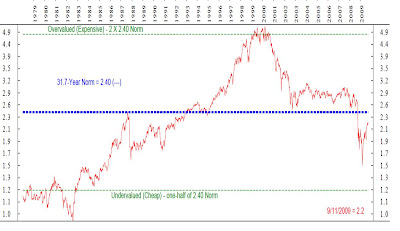 Joel Greenblatt, the book's author, is a value investor extraordinaire and a professor at Columbia's business school. In the book, Greenblatt discusses and justifies the "Magic Formula", a stock selection method that allows individual investors to beat the market using value investing.
Joel Greenblatt, the book's author, is a value investor extraordinaire and a professor at Columbia's business school. In the book, Greenblatt discusses and justifies the "Magic Formula", a stock selection method that allows individual investors to beat the market using value investing.In this chapter, Greenblatt warns about the pitfalls of following some of the other investment options that are available to individual investors.
First off, individuals may get direct stock advice from stockbrokers. While stockbrokers can help explain some elements of investing and probably do want you to succeed in the long term, investors must keep in mind that brokers make their money by selling something to the investor, not by the long term success of the investor.
Rather than relying on a broker, mutual funds or hedge funds offer a better alternative, because they are motivated by track record to a larger extent. Nevertheless, these funds make more money by becoming larger and larger (so they can charge fees for the size of the assets under management), which makes it more and more difficult to maintain strong levels of performance. Furthermore, after fees, most of these funds are bested by the market.
While there are good managers out there that can beat the market, there are many more who will not. Just as the magic formula can lose to the market in three-year periods, so too can good money managers. In the same way, poor managers can beat the markets over periods of such length. As such, it very difficult to identify a fund manager with whom one should invest.
Investing in index funds is therefore an option which allows investors to closely match the market's return. But that's all the investor can do with such funds: match the market. To beat the market, investor's should use the magic formula.




